Martyn Amos
Solving Sudoku with Ant Colony Optimisation
May 09, 2018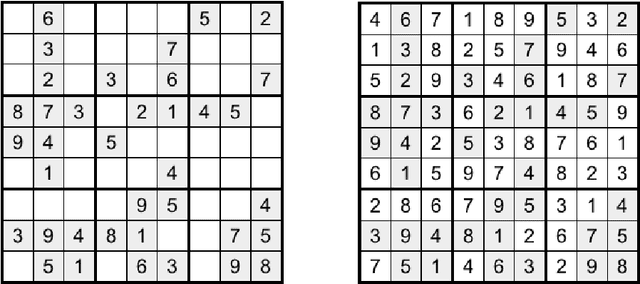
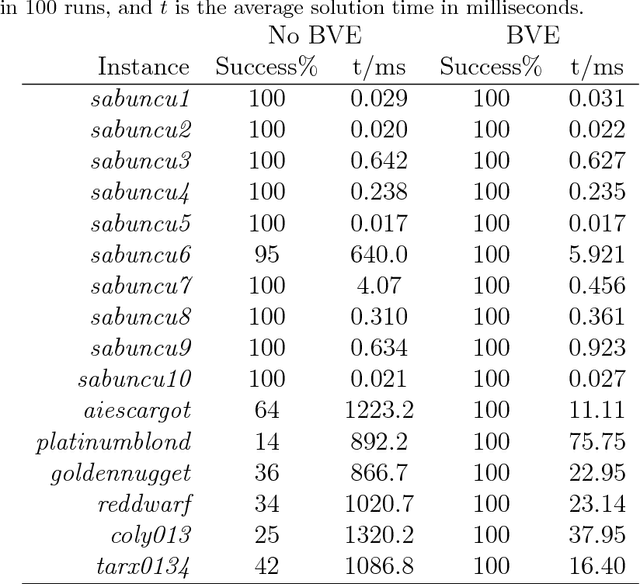

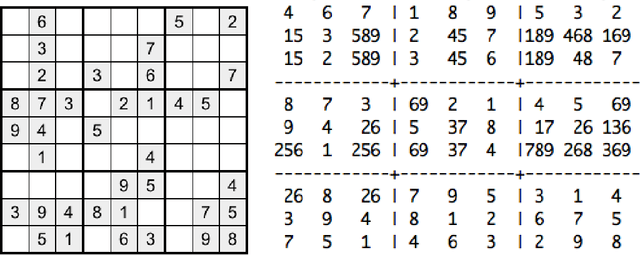
Abstract:In this paper we present a new Ant Colony Optimisation-based algorithm for Sudoku, which out-performs existing methods on large instances. Our method includes a novel anti-stagnation operator, which we call Best Value Evaporation.
Quantifying the Impact of Parameter Tuning on Nature-Inspired Algorithms
Jul 01, 2013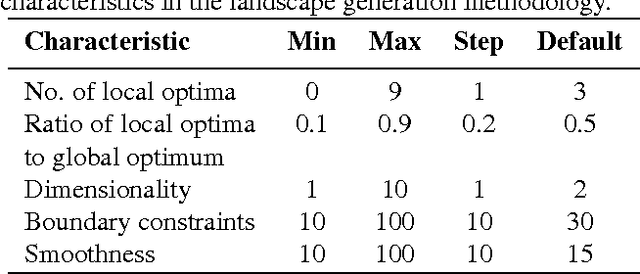
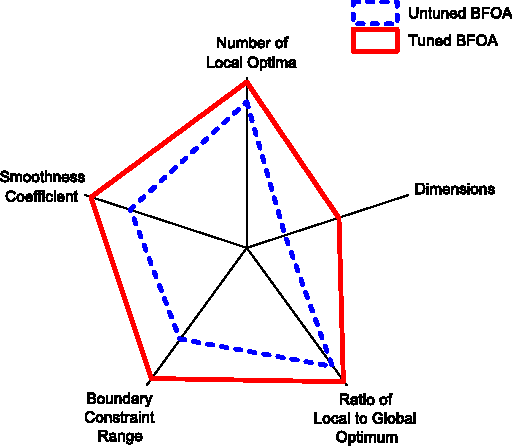

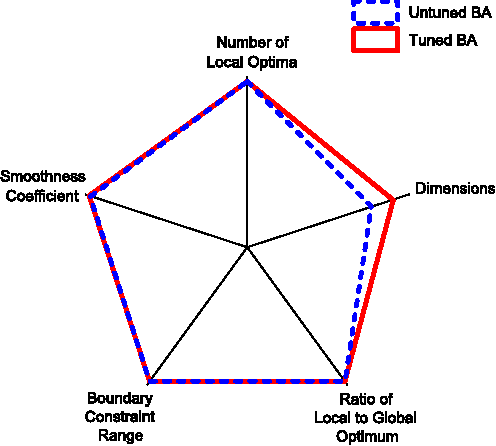
Abstract:The problem of parameterization is often central to the effective deployment of nature-inspired algorithms. However, finding the optimal set of parameter values for a combination of problem instance and solution method is highly challenging, and few concrete guidelines exist on how and when such tuning may be performed. Previous work tends to either focus on a specific algorithm or use benchmark problems, and both of these restrictions limit the applicability of any findings. Here, we examine a number of different algorithms, and study them in a "problem agnostic" fashion (i.e., one that is not tied to specific instances) by considering their performance on fitness landscapes with varying characteristics. Using this approach, we make a number of observations on which algorithms may (or may not) benefit from tuning, and in which specific circumstances.
Fitness Landscape-Based Characterisation of Nature-Inspired Algorithms
Jan 24, 2013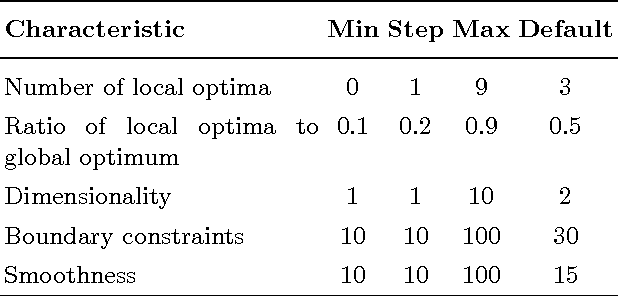
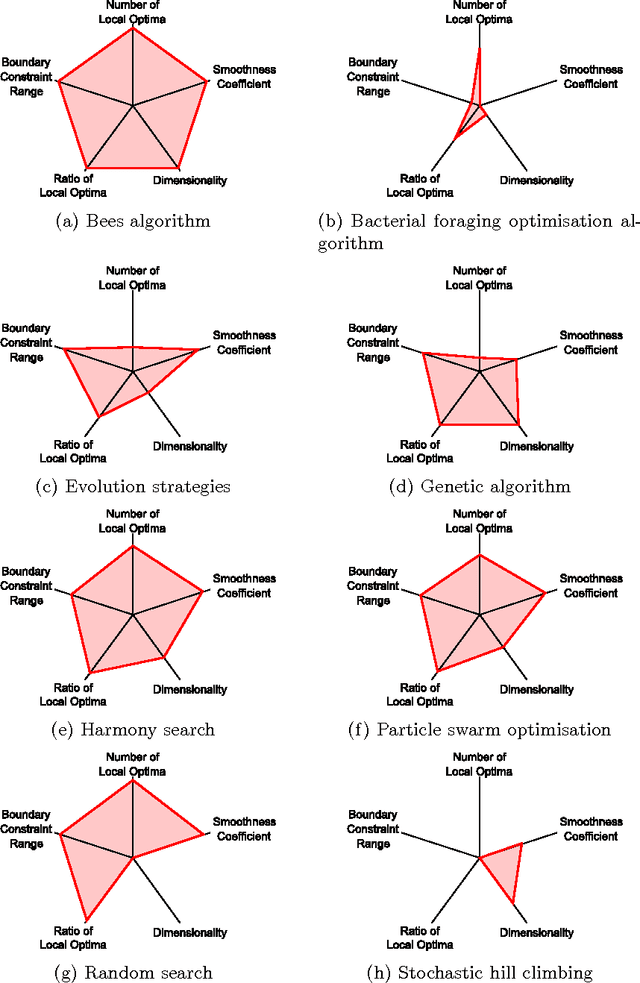
Abstract:A significant challenge in nature-inspired algorithmics is the identification of specific characteristics of problems that make them harder (or easier) to solve using specific methods. The hope is that, by identifying these characteristics, we may more easily predict which algorithms are best-suited to problems sharing certain features. Here, we approach this problem using fitness landscape analysis. Techniques already exist for measuring the "difficulty" of specific landscapes, but these are often designed solely with evolutionary algorithms in mind, and are generally specific to discrete optimisation. In this paper we develop an approach for comparing a wide range of continuous optimisation algorithms. Using a fitness landscape generation technique, we compare six different nature-inspired algorithms and identify which methods perform best on landscapes exhibiting specific features.
Genetic algorithms and the art of Zen
May 24, 2010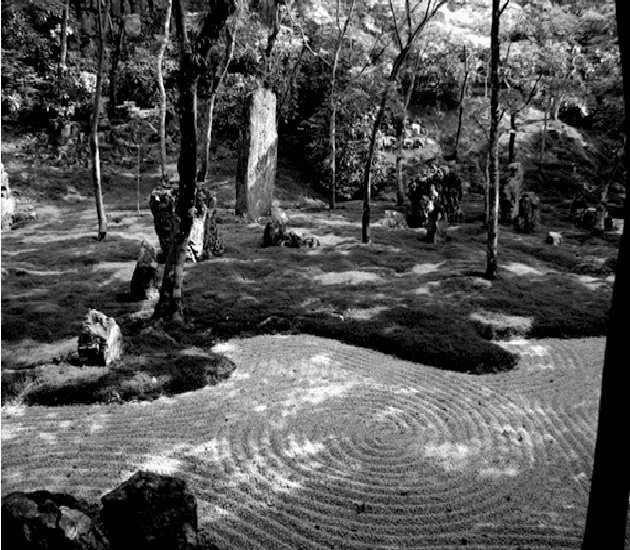
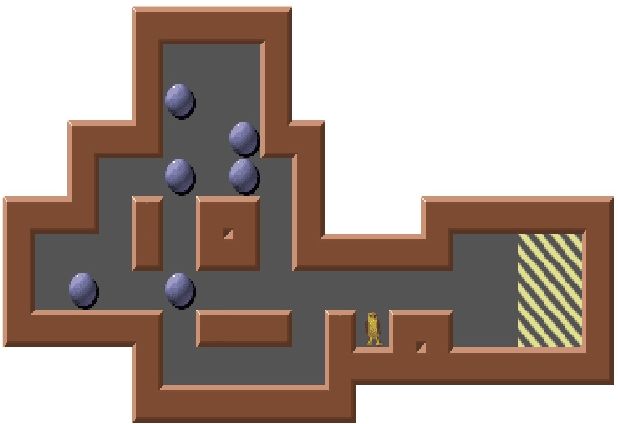
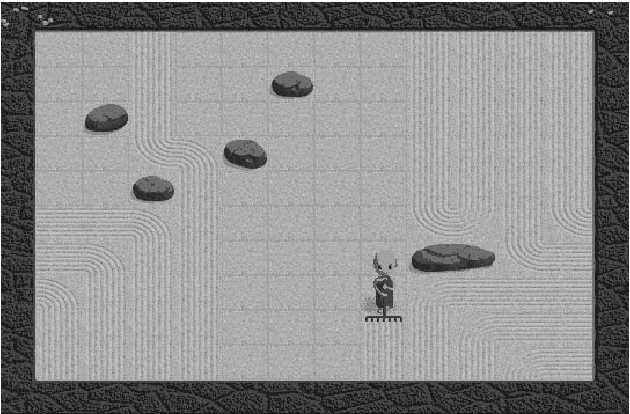
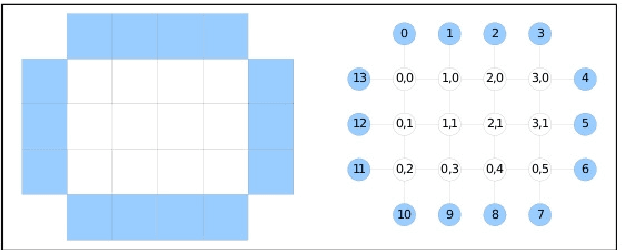
Abstract:In this paper we present a novel genetic algorithm (GA) solution to a simple yet challenging commercial puzzle game known as the Zen Puzzle Garden (ZPG). We describe the game in detail, before presenting a suitable encoding scheme and fitness function for candidate solutions. We then compare the performance of the genetic algorithm with that of the A* algorithm. Our results show that the GA is competitive with informed search in terms of solution quality, and significantly out-performs it in terms of computational resource requirements. We conclude with a brief discussion of the implications of our findings for game solving and other "real world" problems.
Ant Colony Algorithm for the Weighted Item Layout Optimization Problem
Jan 24, 2010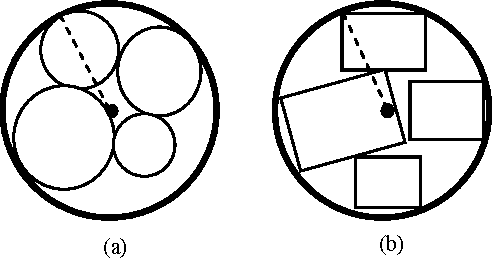
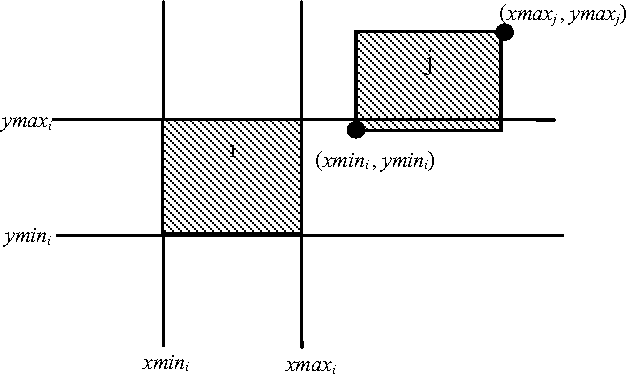
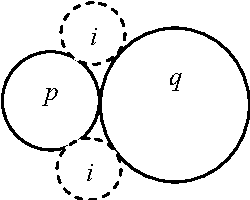
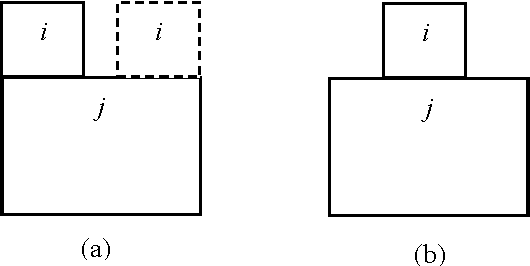
Abstract:This paper discusses the problem of placing weighted items in a circular container in two-dimensional space. This problem is of great practical significance in various mechanical engineering domains, such as the design of communication satellites. Two constructive heuristics are proposed, one for packing circular items and the other for packing rectangular items. These work by first optimizing object placement order, and then optimizing object positioning. Based on these heuristics, an ant colony optimization (ACO) algorithm is described to search first for optimal positioning order, and then for the optimal layout. We describe the results of numerical experiments, in which we test two versions of our ACO algorithm alongside local search methods previously described in the literature. Our results show that the constructive heuristic-based ACO performs better than existing methods on larger problem instances.
Simulated annealing for weighted polygon packing
Sep 29, 2008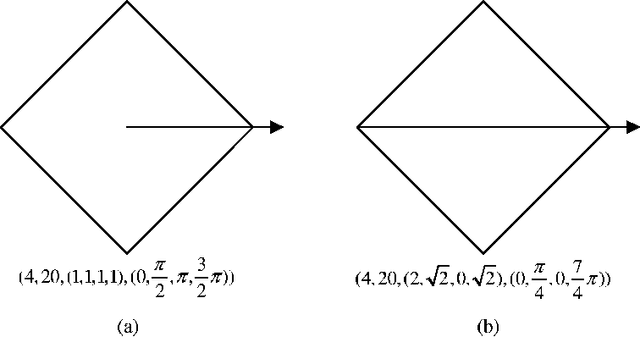
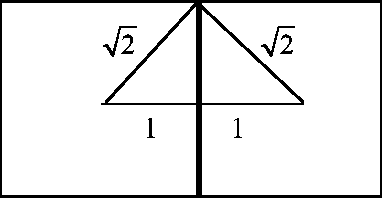
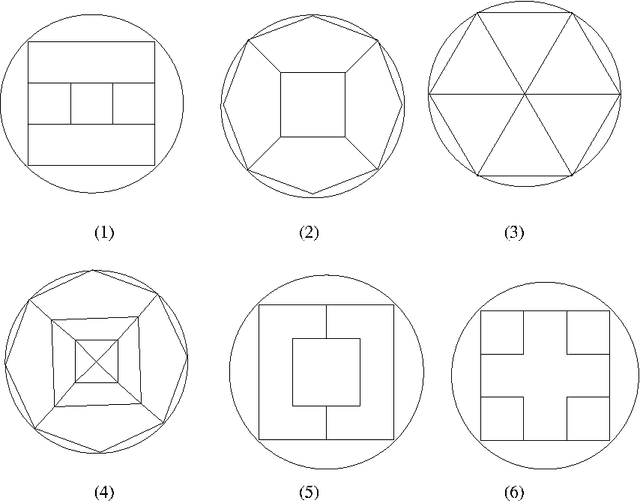
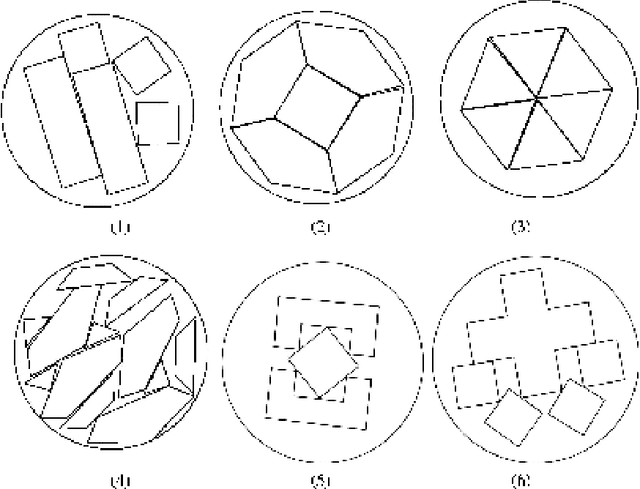
Abstract:In this paper we present a new algorithm for a layout optimization problem: this concerns the placement of weighted polygons inside a circular container, the two objectives being to minimize imbalance of mass and to minimize the radius of the container. This problem carries real practical significance in industrial applications (such as the design of satellites), as well as being of significant theoretical interest. Previous work has dealt with circular or rectangular objects, but here we deal with the more realistic case where objects may be represented as polygons and the polygons are allowed to rotate. We present a solution based on simulated annealing and first test it on instances with known optima. Our results show that the algorithm obtains container radii that are close to optimal. We also compare our method with existing algorithms for the (special) rectangular case. Experimental results show that our approach out-performs these methods in terms of solution quality.
Swarm-Based Spatial Sorting
May 12, 2008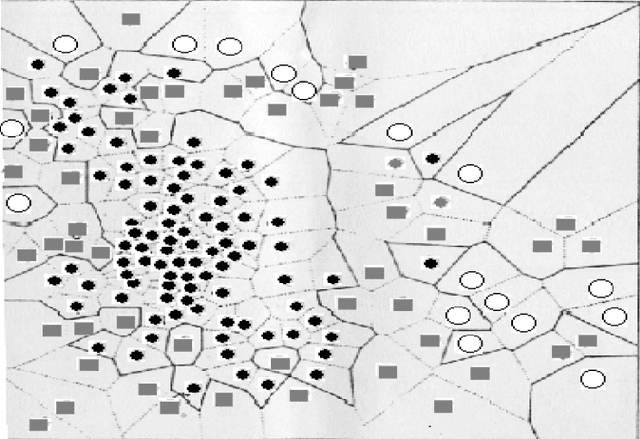
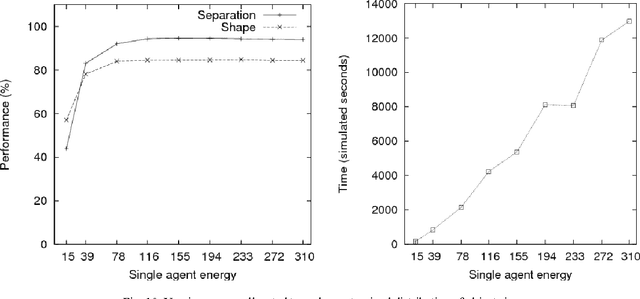
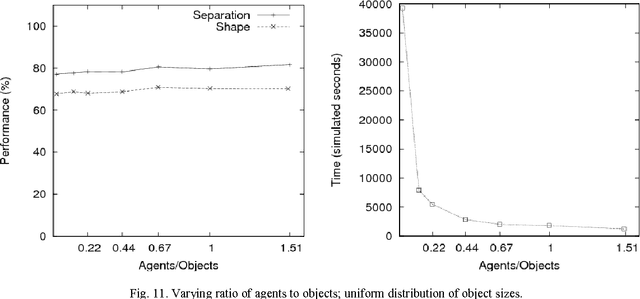
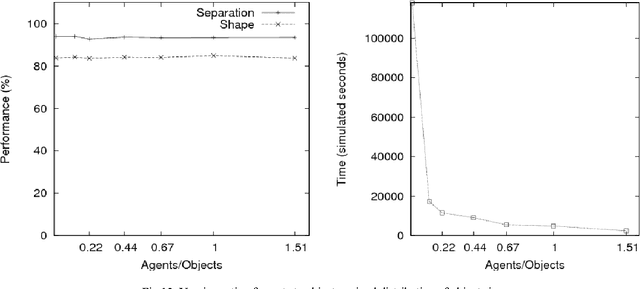
Abstract:Purpose: To present an algorithm for spatially sorting objects into an annular structure. Design/Methodology/Approach: A swarm-based model that requires only stochastic agent behaviour coupled with a pheromone-inspired "attraction-repulsion" mechanism. Findings: The algorithm consistently generates high-quality annular structures, and is particularly powerful in situations where the initial configuration of objects is similar to those observed in nature. Research limitations/implications: Experimental evidence supports previous theoretical arguments about the nature and mechanism of spatial sorting by insects. Practical implications: The algorithm may find applications in distributed robotics. Originality/value: The model offers a powerful minimal algorithmic framework, and also sheds further light on the nature of attraction-repulsion algorithms and underlying natural processes.
"Going back to our roots": second generation biocomputing
Dec 16, 2005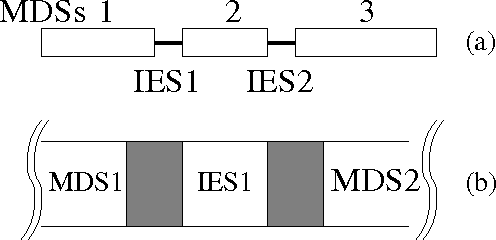
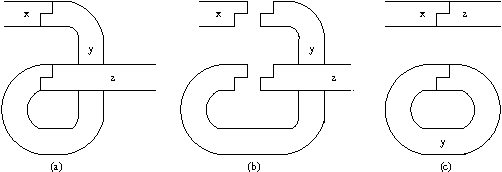
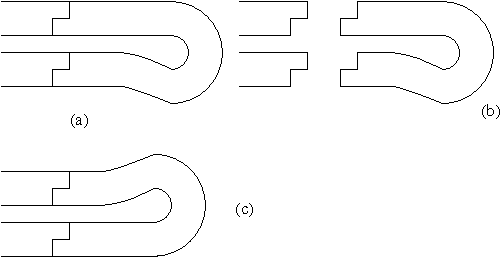
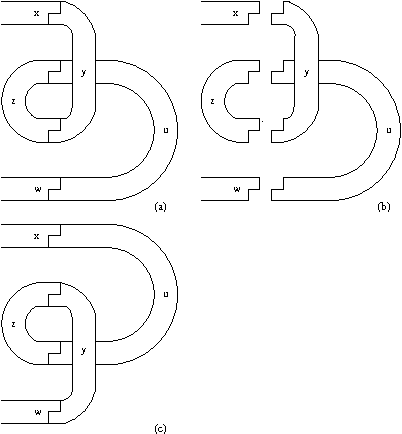
Abstract:Researchers in the field of biocomputing have, for many years, successfully "harvested and exploited" the natural world for inspiration in developing systems that are robust, adaptable and capable of generating novel and even "creative" solutions to human-defined problems. However, in this position paper we argue that the time has now come for a reassessment of how we exploit biology to generate new computational systems. Previous solutions (the "first generation" of biocomputing techniques), whilst reasonably effective, are crude analogues of actual biological systems. We believe that a new, inherently inter-disciplinary approach is needed for the development of the emerging "second generation" of bio-inspired methods. This new modus operandi will require much closer interaction between the engineering and life sciences communities, as well as a bidirectional flow of concepts, applications and expertise. We support our argument by examining, in this new light, three existing areas of biocomputing (genetic programming, artificial immune systems and evolvable hardware), as well as an emerging area (natural genetic engineering) which may provide useful pointers as to the way forward.
 Add to Chrome
Add to Chrome Add to Firefox
Add to Firefox Add to Edge
Add to Edge